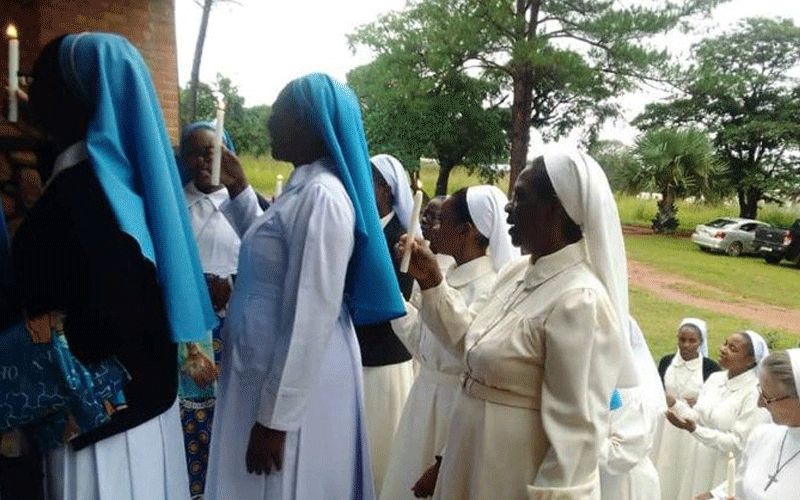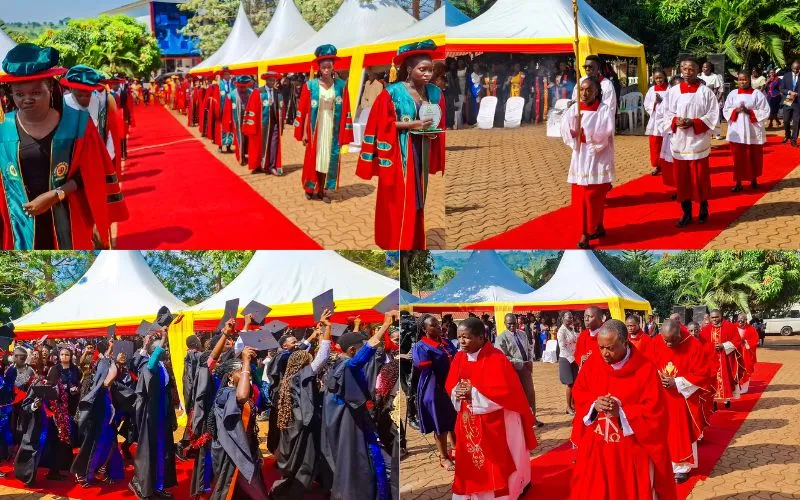Lusaka, 05 February, 2020 / 3:42 am (ACI Africa).
On the occasion of the 24th World Day for Consecrated Life marked February 2, the Bishops in Zambia have expressed gratitude for the various apostolates of consecrated persons that make visible the presence of Jesus among the people of God in the Southern Africa nation.
“The Church in Zambia does recognize, with deep gratitude, your presence and apostolic activities in all the Dioceses,” reads part of a message addressed to consecrated persons in the country and signed by the Director for the Commission for Consecrated in Zambia Conference of Catholic Bishops (ZCCB), Bishop Patrick Chisanga.
“Through your presence and ministry in the health facilities, schools, nutrition centres as well as other integral human development programs, our Lord Jesus Christ guarantees his continued presence among his people, especially those on the margins of society,” the member of Order of Friars Minor Conventuals (OFM Conv.) added in the February 2 message availed to ACI Africa.
In the one-page message, the Prelate who is the Local Ordinary of Mansa Diocese termed the day as an opportunity for the whole Church “to contemplate, with greater appreciation, the gift of Religious Vocation and its unique contribution to the holiness and mission in the world today.”
He implored the consecrated persons in his country to “fan into an even bigger flame the passion for Christ and the spirit of witnessing by which the dignity of every human person is promoted and upheld.”








